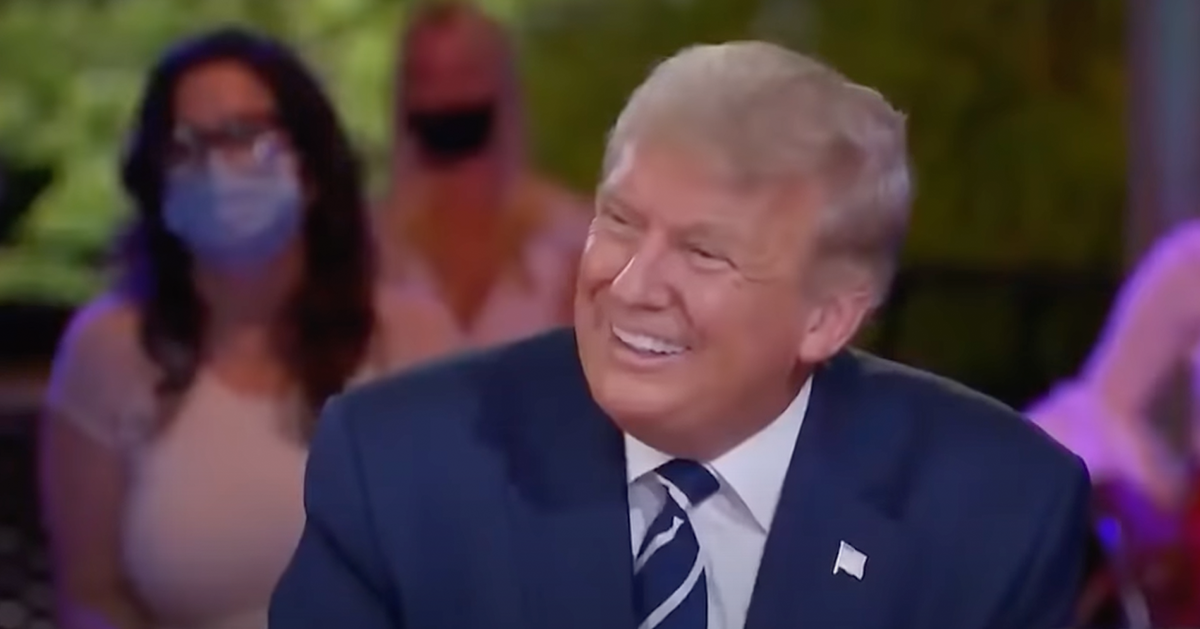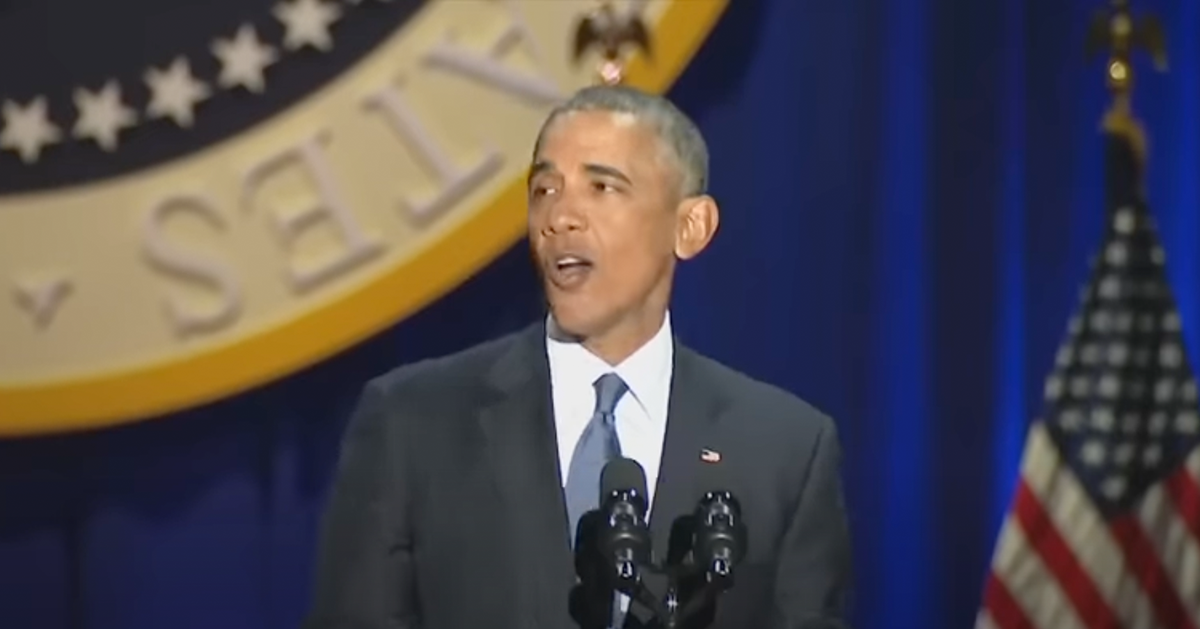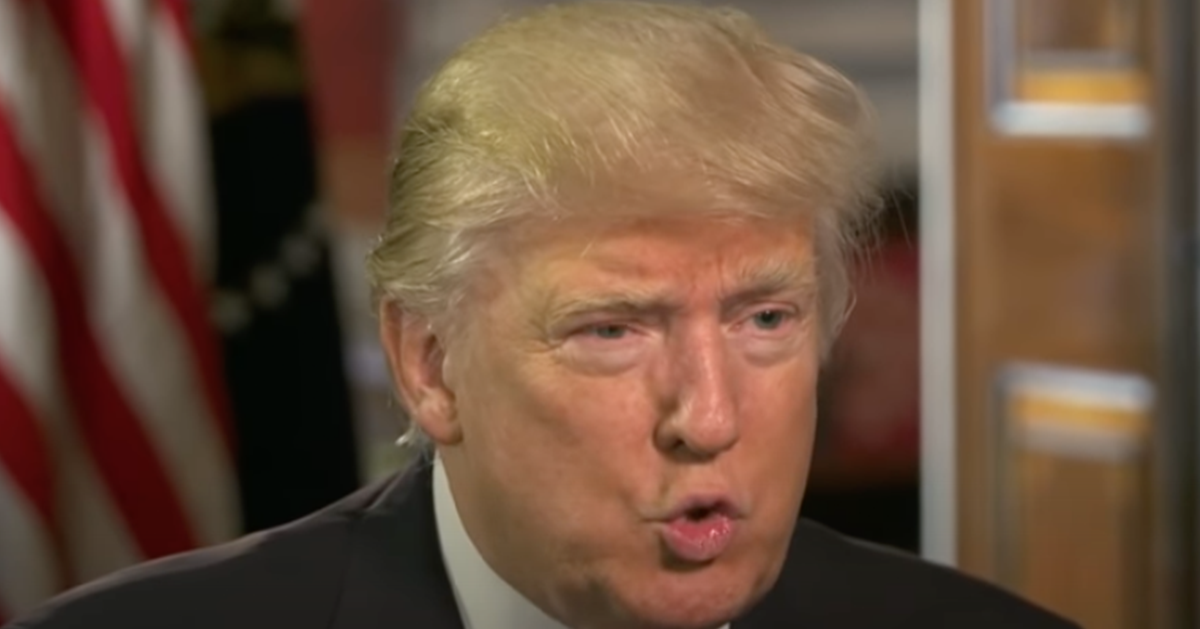Protester Breaches Trump's Security Perimeter, Raising Concerns
A protestor managed to breach security measures during Donald Trump's visit to a Bronx barbershop, raising concerns about the Secret Service's ability to protect him.
The emergency breach occurred amid growing scrutiny of the Secret Service due to past assassination attempts against Trump and reported inadequacies within the agency's operations, as the Daily Mail reports.
Protester Breaks Through Barricades
During Trump's visit, a man on a bicycle managed to cross the security barricades set up by both local law enforcement and the Secret Service. The protestor made his way to the barbershop where Trump was appearing, drawing attention with his actions.
Once past the barricades, the man shouted chants, including "Free Palestine," and displayed a flag. An attempt to set the flag on fire was thwarted when his lighter malfunctioned.
Afterward, the protestor made a series of statements on the sidewalk. He voiced criticism against the United States, IDF, and the KKK, before being apprehended by police officers.
Security Weaknesses Exposed
The individual continued to make inflammatory remarks as he was arrested, citing international law to the police officers while adding a traditional Islamic greeting. His actions highlighted existing concerns regarding security breaches amidst an already tense situation surrounding Trump's protection.
Security for Trump at the barbershop involved significant measures, including a large white tent, with barbers clad in shirts carrying a Trump-themed slogan. Despite these efforts, the protestor's success in breaching the perimeter raised questions about security effectiveness.
This breach comes in the wake of a critical analysis by an independent panel, which had previously faulted the Secret Service for lapses in communication and security during an earlier attempt on Trump's life.
Analysis of Recent Incidents
A detailed report by the panel mentioned systemic issues within the Secret Service, particularly a failure to comprehend risk factors. The report warned of the potential for another incident similar to a prior rally in Butler, Pennsylvania.
During that rally, a man named Thomas Matthew Crooks attempted to assassinate Trump, resulting in casualties amongst attendees before the shooter was neutralized by snipers. This incident was part of a series of events that have put the agency under intense scrutiny.
Following this, another threat emerged two months later in Florida. Ryan Wesley Routh was arrested for pointing a rifle at Trump's security detail while Trump played golf and is now facing multiple federal charges.
Official Response and Reforms
The report prepared by former law enforcement officials was extensive, spanning 52 pages, and criticized the operational readiness of the Secret Service, urging reforms to avoid further incidents.
Secret Service acting director Ronald Rowe responded by stating that the agency had already enacted significant updates. These improvements focused on operational readiness and enhancing communication and protective operations for Trump and other dignitaries.
Despite these assurances, the recent breach and past incidents maintain the spotlight on the agency's capabilities.
Ongoing Concerns and Future Outlook
Last weekend, tensions were further highlighted at another Trump campaign rally in Coachella. A man named Vem Miller was detained when found in possession of firearms and counterfeit VIP credentials. Local authorities speculated this could have been another assassination attempt.
The ongoing series of security breaches and assassination attempts against Trump continues to generate speculation and concern about the efficiency of the Secret Service.
In summary, recent events surrounding Donald Trump's security have exposed vulnerabilities and prompted calls for increased vigilance and reforms within protective agencies tasked with safeguarding the former president.
As scrutiny persists, it remains imperative for the Secret Service to address these issues to uphold its protective mandate effectively. Without substantial changes, the agency risks further incidents compromising the safety of those it is sworn to protect.





